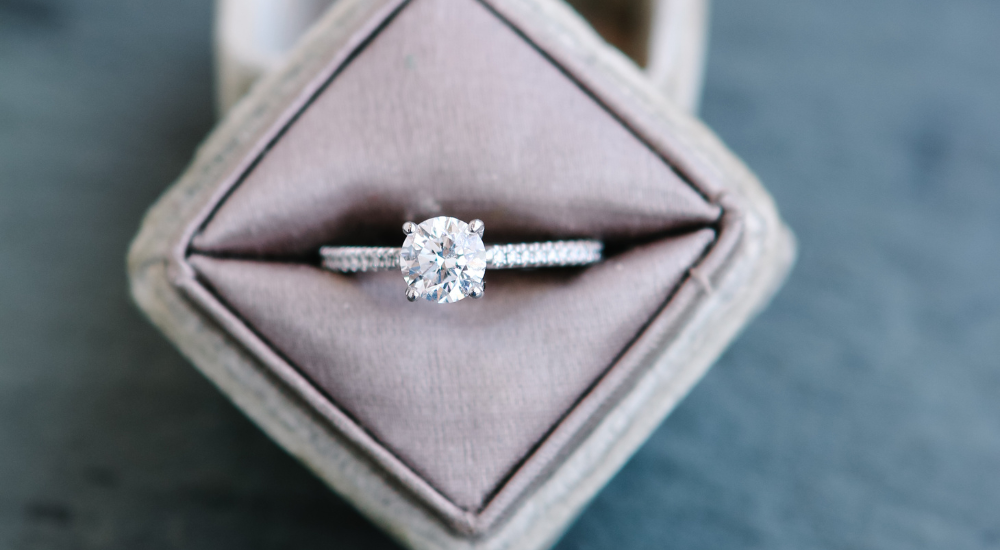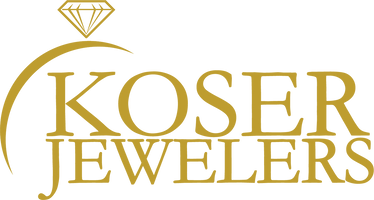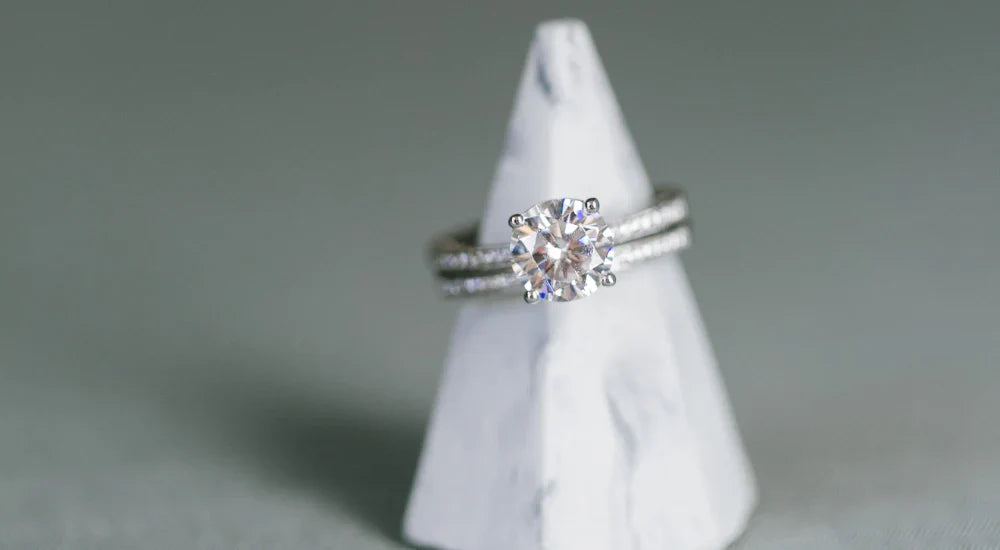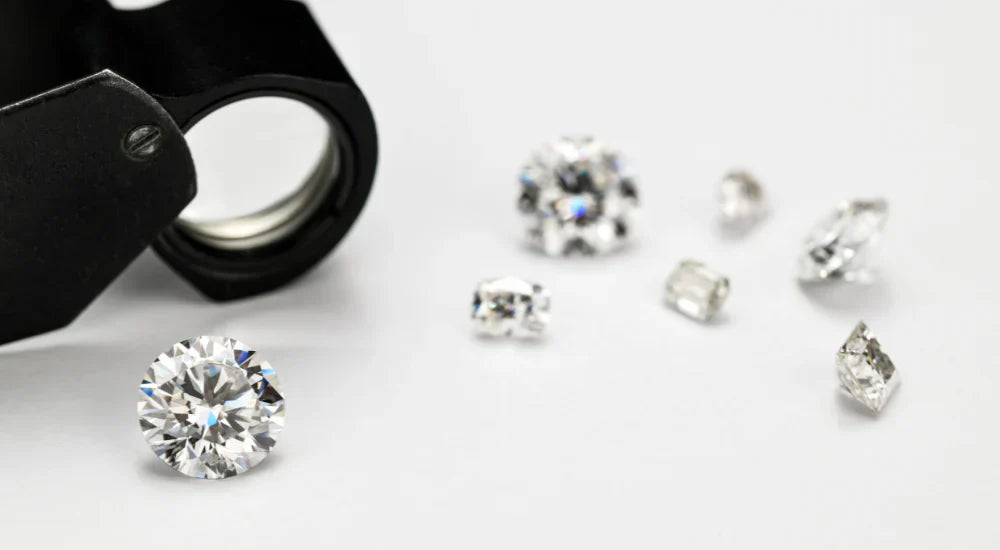The 4Cs of Diamond Shopping

Shopping for a diamond? Chances are you’ve heard of the 4Cs: Cut, Color, Clarity, and Carat Weight. This system, created by the Gemological Institute of America (GIA), provides a standardized way to assess diamond quality. But what do these terms actually mean, and how can they help you choose the right diamond? Let’s break it down.
The 4Cs: What You Need to Know
1. Cut
Cut is the secret to a diamond’s sparkle. It refers to how well the diamond’s facets are shaped and angled to reflect light. A well-cut diamond maximizes brilliance and catches the eye across a room. For round diamonds, cut grades range from Excellent to Poor, with Excellent delivering the highest sparkle.
Other shapes, such as princess or emerald cuts, don’t have standardized cut grades, so it’s important to work with a jeweler who can help assess the quality of the cut. Understanding cut ensures you choose a diamond that’s visually stunning, not just a shape you like.
Photo from GIA.edu
2. Color
Diamond color measures how much natural hue—typically yellow or brown—a diamond has. The GIA grades diamonds on a scale from D (colorless) to Z (light color). The less color a diamond has, the rarer and more valuable it tends to be.
However, small differences in color grades can be difficult to see without magnification. A G-grade diamond, for example, often looks just as colorless as a D-grade diamond to the naked eye, making it a smart choice for balancing beauty and budget.
Photo from GIA.edu
3. Clarity
Clarity refers to the tiny imperfections inside (inclusions) or outside (blemishes) a diamond. These imperfections are typically microscopic and don’t affect the diamond’s structural integrity. The GIA clarity scale ranges from Flawless (no visible inclusions under 10x magnification) to Included (inclusions visible to the naked eye).
For most shoppers, diamonds in the VS (Very Slightly Included) or SI (Slightly Included) range provide excellent value. These are eye-clean, meaning you shouldn’t be able to see any visible inclusions without using magnification.
Photo from GIA.edu
4. Carat Weight
Carat weight measures a diamond’s size, but it’s only part of the story. Two diamonds with the same carat weight can look very different depending on their cut and proportions. A well-cut diamond may appear smaller than a poorly cut one but will outshine it in brilliance.
If size is a priority, understanding the relationship between carat weight and cut can help you choose a diamond that maximizes both appearance and value.
Photo from GIA.edu
The Big Picture: Balancing the 4Cs
Every diamond is unique, and the 4Cs provide a helpful framework for evaluating quality. However, a diamond’s overall appearance and how it makes you feel are just as important as its grades. Seeing diamonds in person and comparing them side by side can help you better understand how the 4Cs interact to create beauty.
Tips for Shopping Smart
-
Don’t Overlook Cut: Sparkle is what people notice first, so prioritize a high cut grade.
-
Find Your Color Comfort Zone: Compare diamonds of different color grades to see what works best for your eye and budget.
-
Focus on Eye-Clean Clarity: Instead of aiming for flawless clarity, look for diamonds that appear clean to the naked eye.
-
Understand Proportions: Carat weight is important, but a well-proportioned diamond will look more beautiful than a larger one with a poor cut.
Experience the Koser Jewelers Difference
At Koser Jewelers, we’re here to educate and guide you through the diamond-buying process. Our goal is to help you understand the 4Cs and how to use them to find a diamond that’s perfect for you. Stop by to see our collection, ask questions, and compare diamonds side by side.


